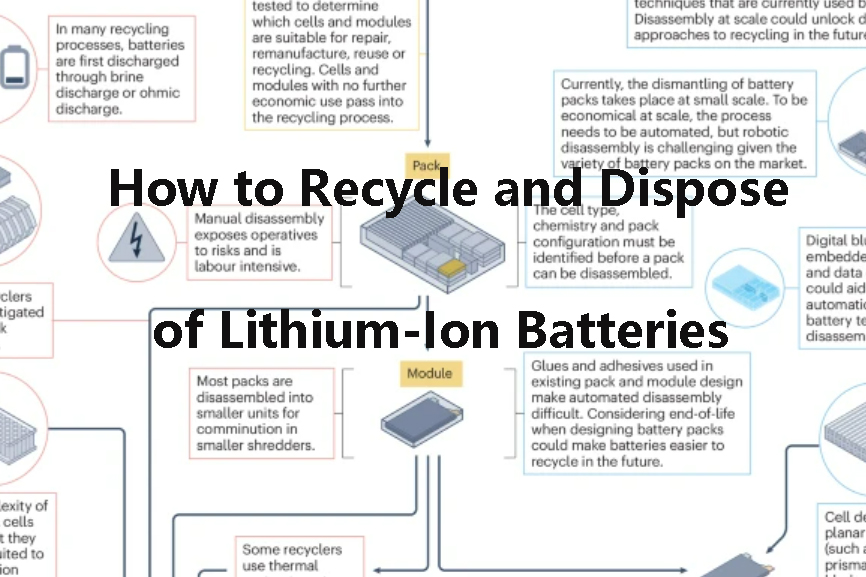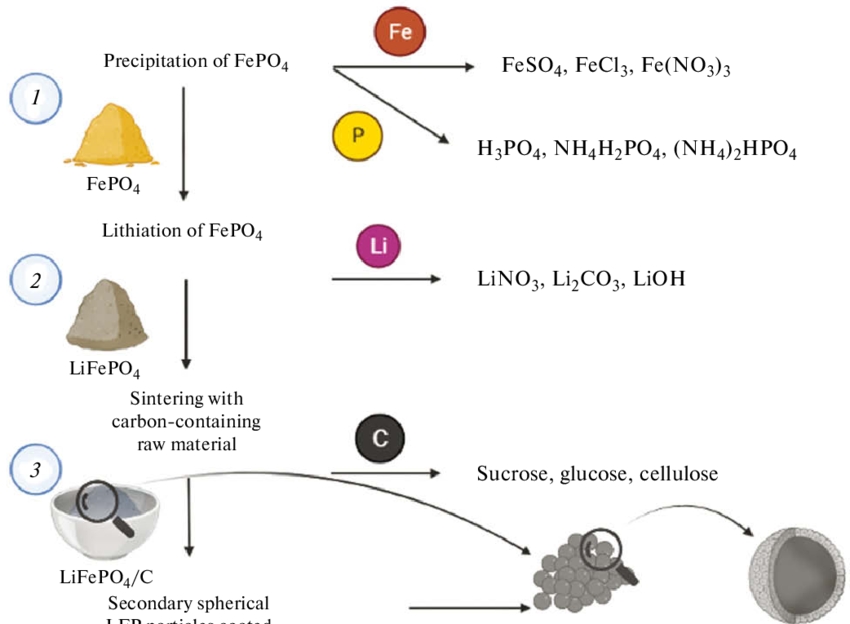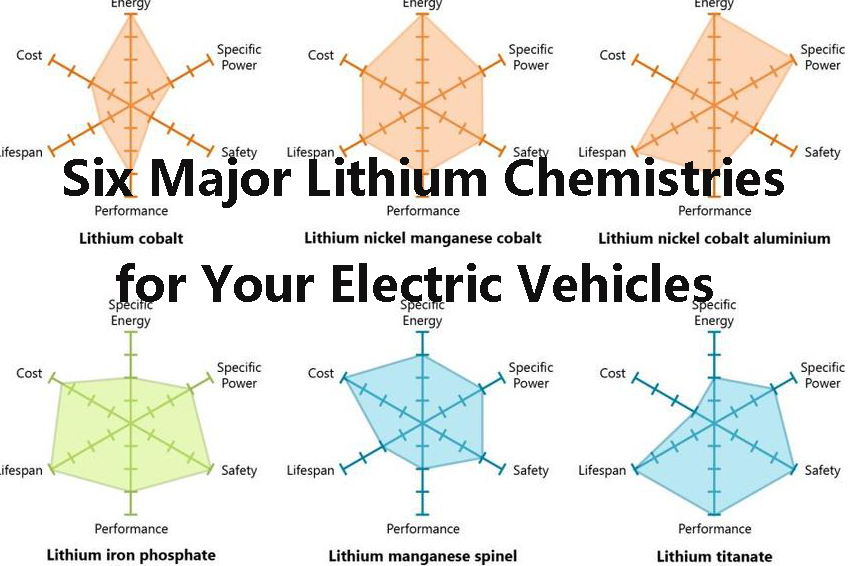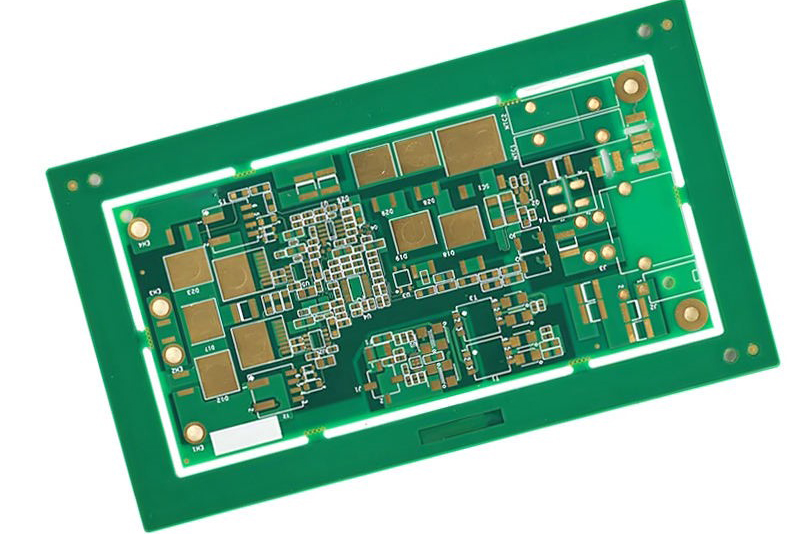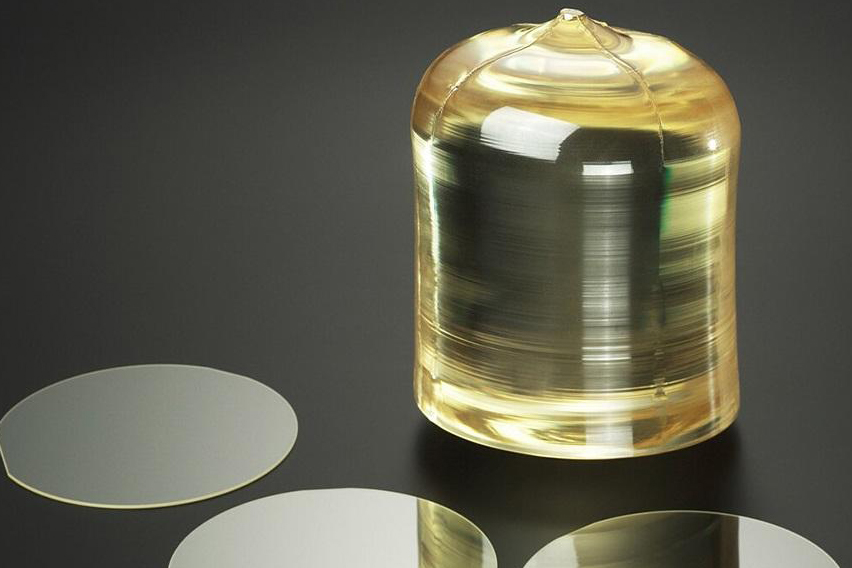
List of Anode and Cathode Battery Materials
Introduction to Anode and Cathode Battery Materials
Batteries power modern life, from electric vehicles to cell phones, and their operation is based essentially on the materials utilized for their anode and cathode. The anode and cathode electrodes exchange energy between them through electrochemical reactions to store and supply energy.
The anode is the negative electrode where oxidation occurs when releasing energy, emitting electrons to power devices. Conversely, the cathode is the positive electrode where reduction takes place, accepting those electrons in order to close the loop. Between them, there is an electrolyte that facilitates passage of ions without direct electron transfer, facilitating energy exchange in a useful way.
Let’s learn about the list of anode and cathode battery materials.
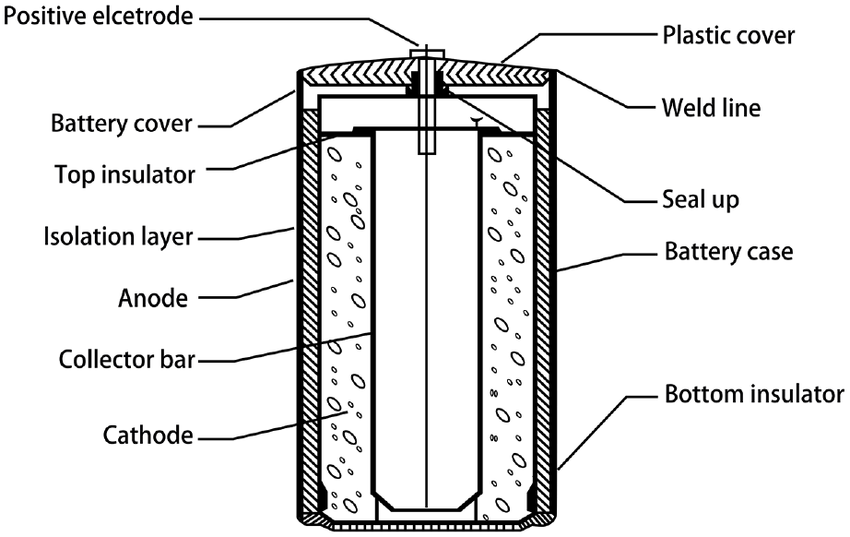
Anode Materials: The Pillar of Energy Storage
- The most common anode material employed in lithium-ion batteries is graphite, valued for its stability, low cost, and long cycle life.
- But its low energy has stimulated research for alternatives like silicon, which has much higher theoretical energy but is beset with severe expansion during charging. To get around this, researchers are developing silicon-graphite composites that integrate performance and durability.
- Lithium metal anodes are also a promising direction, the highest energy density of any but mandating that the issues of dendrite formation need to be broken, possibly with solid-state battery designs.
- Other emerging players include lithium titanate for fast charging and sodium-based anodes for more sustainable battery chemistries.
Cathode Materials: Setting Voltage and Stability
Cathode materials have an equally significant role to play in defining a battery's properties.
- Lithium cobalt oxide remains widely used in consumer electronics due to its energy density, but its cost and heat constraints have generated interest in alternatives.
- Lithium iron phosphate has been popularized for use in electric vehicles and grid batteries due to its safety, long lifespan, and lower price despite its lower energy density.
- Nickel cathodes, such as NMC and NCA chemistries, are a compromise between energy and power, with high-nickel compositions becoming increasingly widespread for electric vehicle use where more range is needed.
- Lithium manganese oxide offers enhanced thermal resistance for medical devices and power equipment, with future breakthroughs in the form of sulfur cathodes and sodium-ion materials to further enhance performance and sustainability.
The Future of Battery Electrodes
Battery technology will continue rapidly improving in the future.
- Silicon-dense anodes could double energy density, while cobalt-free cathodes could reduce cost and ethics concerns.
- Solid-state batteries, with the potential for improved safety and performance, represent another gigantic frontier.
Summary Table: List of Anode and Cathode Battery Materials
|
Material |
Chemical Formula |
Voltage (V vs Li/Li+) |
Capacity (mAh/g) |
Energy Density (Wh/kg) |
Cycle Life |
Key Applications |
Advantages |
Disadvantages |
|
Anode Materials |
||||||||
|
Graphite |
C |
0.05-0.2 |
372 |
~350 |
500-1000 |
Smartphones, EVs, laptops |
Low cost, stable, long cycle life |
Limited capacity |
|
Silicon |
Si |
0.4 |
4200 (theoretical) |
~800 (composite) |
100-300 |
Next-gen EVs (Tesla 4680) |
Ultra-high capacity |
300% volume expansion |
|
Lithium Titanate (LTO) |
Li₄Ti₅O₁₂ |
1.55 |
175 |
~80 |
3000-5000 |
Fast-charging EVs, grid storage |
Excellent cycle life, safety |
Low energy density |
|
Lithium Metal |
Li |
0 |
3860 |
~1000 |
50-100 |
Solid-state batteries (experimental) |
Highest energy density |
Dendrite formation |
|
Cathode Materials |
||||||||
|
Lithium Cobalt Oxide (LCO) |
LiCoO₂ |
3.7 |
140-160 |
200-250 |
500-800 |
Smartphones, laptops |
High energy density |
Expensive, thermal runaway risk |
|
Lithium Iron Phosphate (LFP) |
LiFePO₄ |
3.2 |
160-170 |
150-200 |
2000-3000 |
EVs (Tesla Model 3), grid storage |
Safe, low cost, long lifespan |
Lower energy density |
|
NMC (Nickel Manganese Cobalt) |
LiNiMnCoO₂ |
3.6-3.8 |
180-220 |
250-300 |
1000-2000 |
EVs (Chevy Bolt), power tools |
Balanced energy/power |
Cobalt dependency |
|
NCA (Nickel Cobalt Aluminum) |
LiNiCoAlO₂ |
3.6-3.8 |
180-220 |
250-300 |
800-1500 |
EVs (Tesla Model S/X) |
High energy density |
Thermal instability |
|
Lithium Manganese Oxide (LMO) |
LiMn₂O₄ |
3.7-4.0 |
100-120 |
150-200 |
500-1000 |
Power tools, medical devices |
Fast charging, thermal stability |
Lower capacity |
|
Emerging Materials |
||||||||
|
Silicon-Graphite Composite |
Si/C |
0.1-0.4 |
450-600 |
400-500 |
300-500 |
Next-gen EVs |
Improved capacity vs. graphite |
Moderate expansion issues |
|
Sulfur Cathode |
S₈ |
2.1 |
1675 |
~500 (theoretical) |
50-100 |
Experimental Li-S batteries |
Ultra-high capacity |
Polysulfide shuttle effect |
|
Sodium-Ion Cathode (P2-type) |
Naₓ[NiMnCo]O₂ |
3.0-3.3 |
120-160 |
150-200 |
500-1000 |
Low-cost energy storage |
Cobalt-free, sustainable |
Lower energy vs. lithium |
For more information, please check Stanford Electronics.
Conclusion
As the technologies continue to evolve, they will provide more powerful, more durable, and cleaner energy storage technologies for a more electrified world. Ongoing breakthroughs in cathode and anode materials remain at the center of what will make the next generation of battery technology possible.
Reference:
[1] Gao, Dexin & Liu, Xin & Zhu, Zhenyu & Yang, Qing. (2023). A hybrid CNN-BiLSTM approach for remaining useful life prediction of EVs lithium-Ion battery. Measurement and Control. 56. 002029402211036. 10.1177/00202940221103622.

